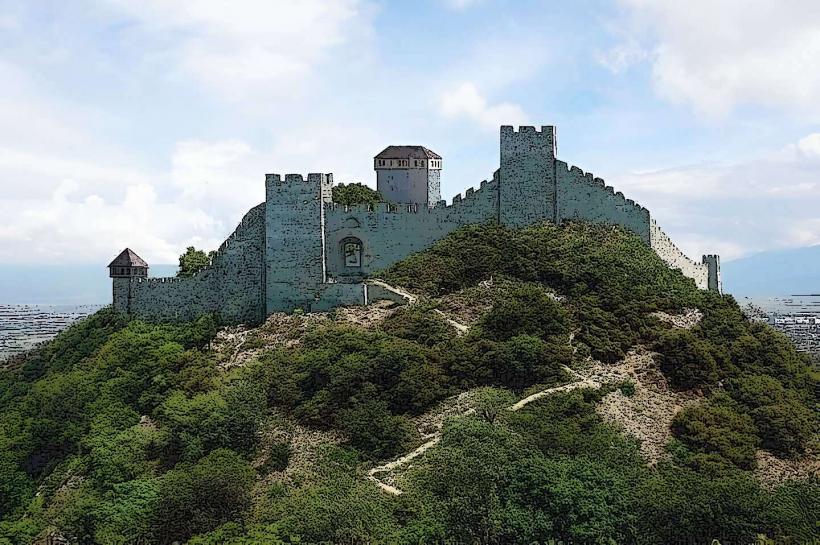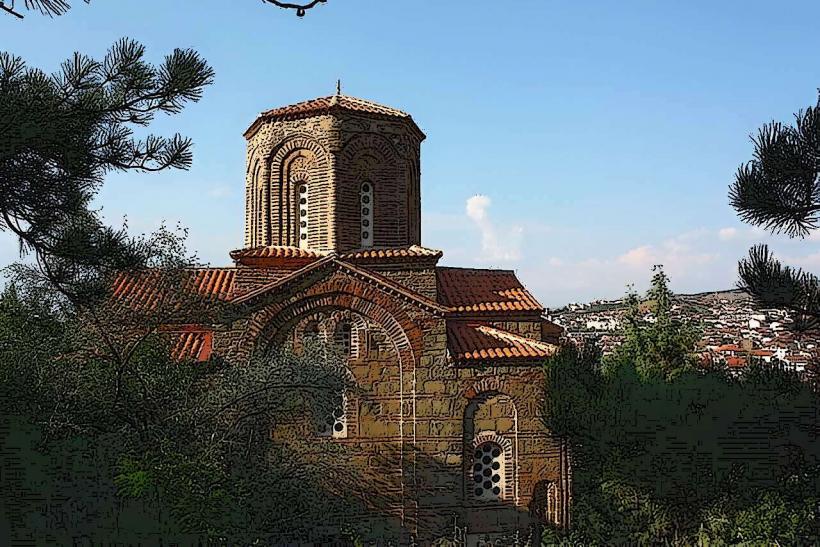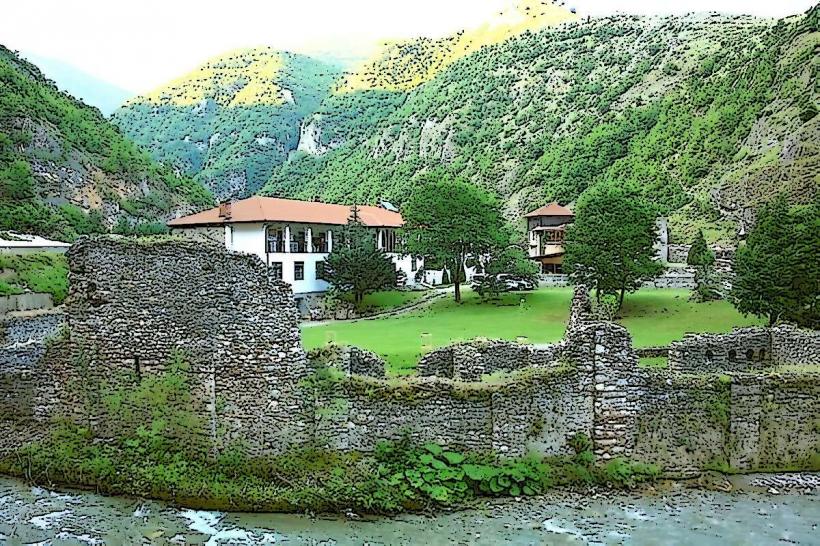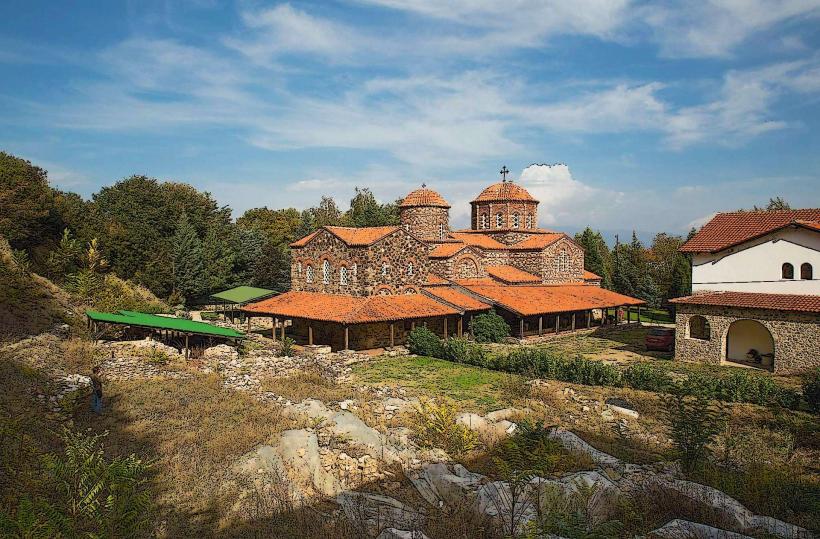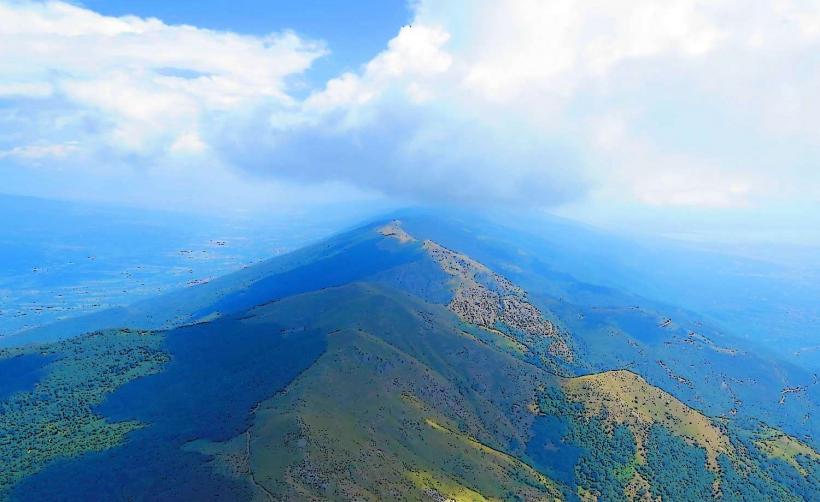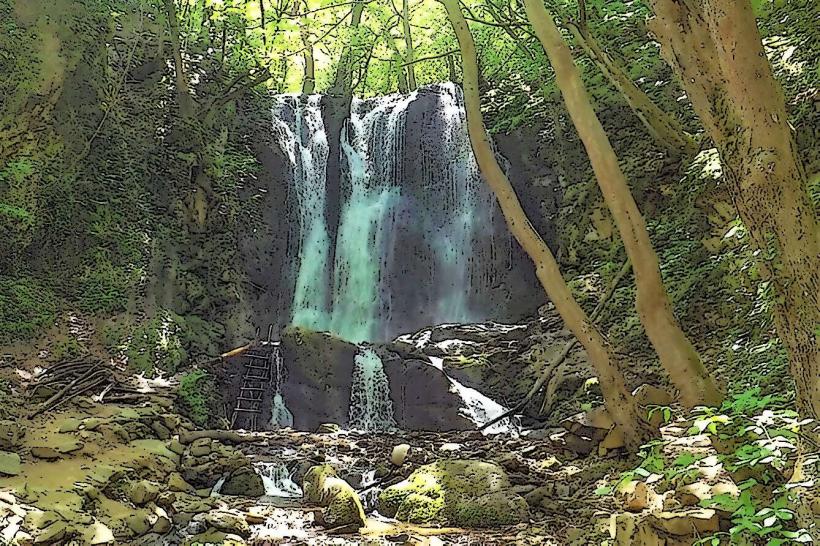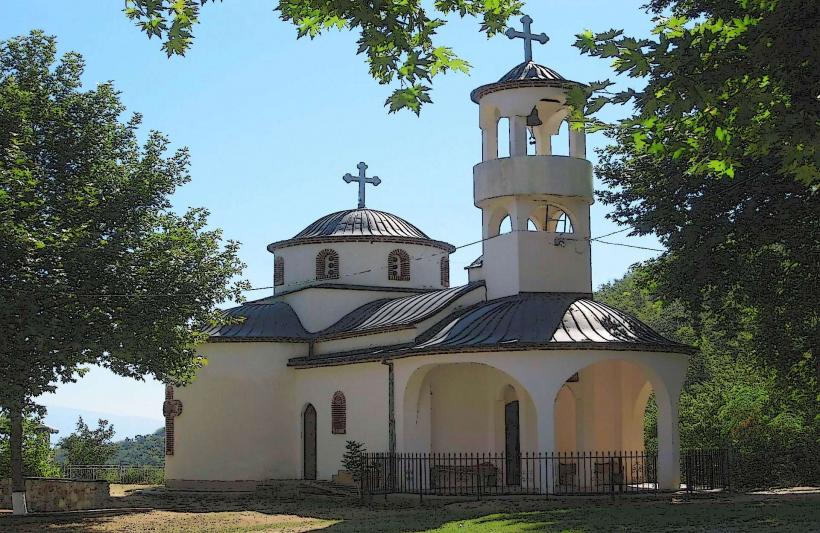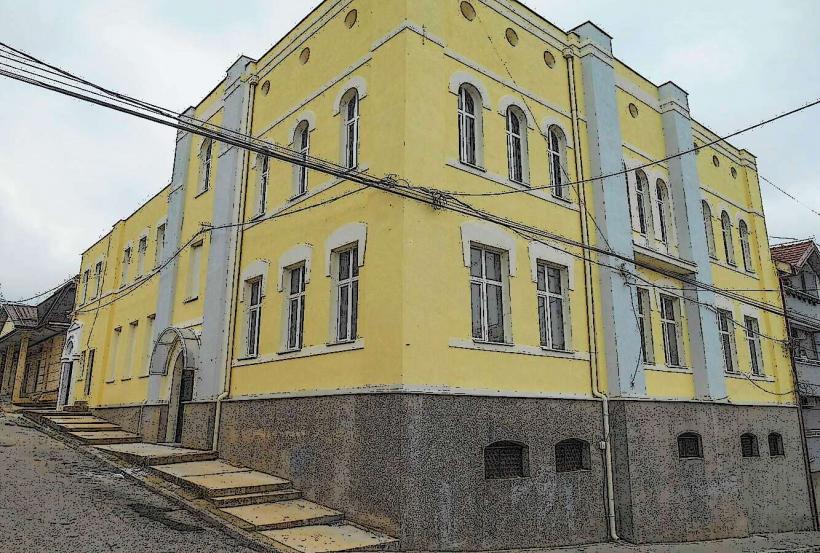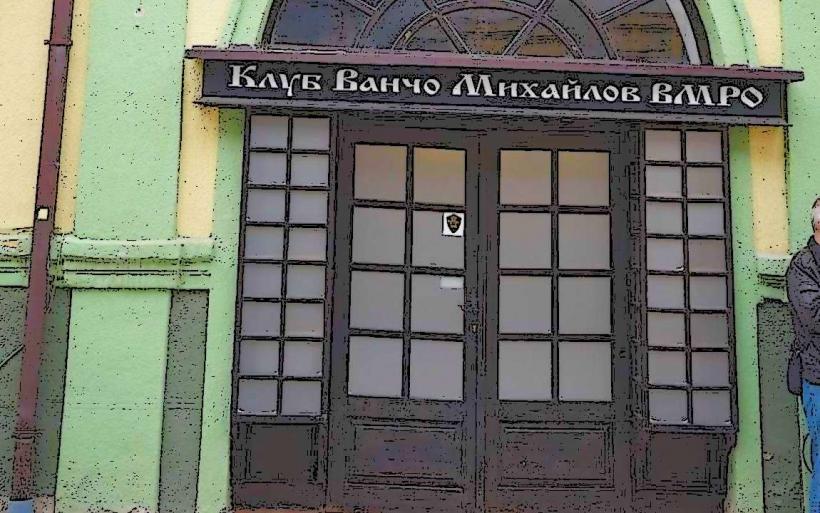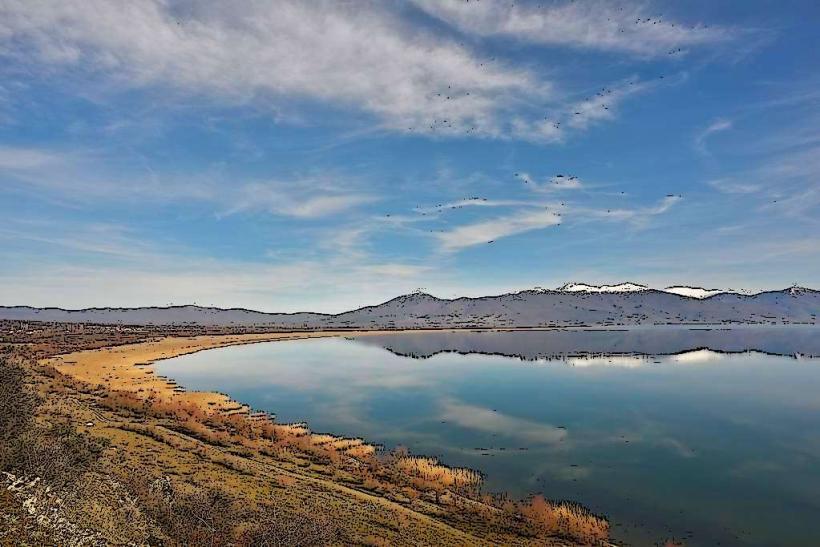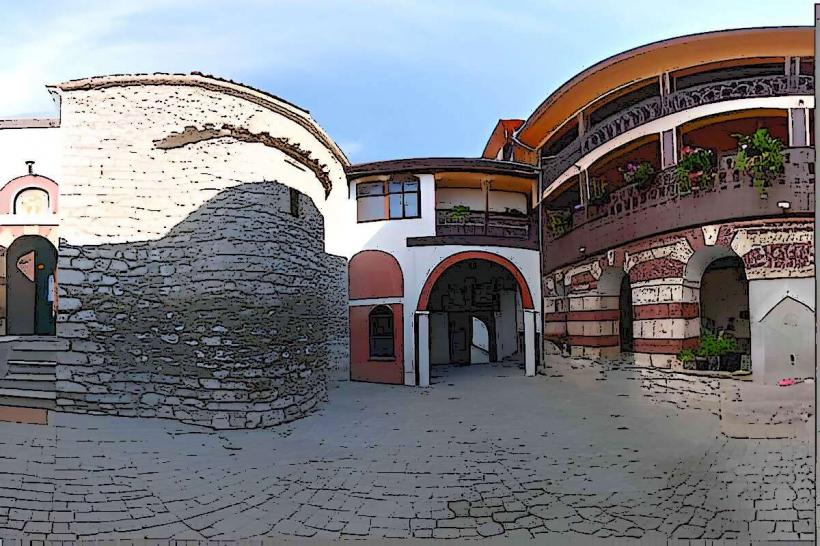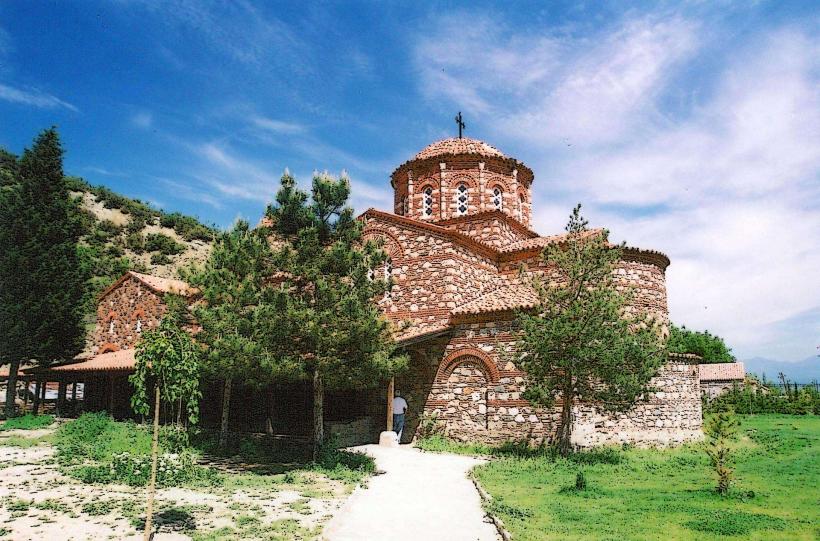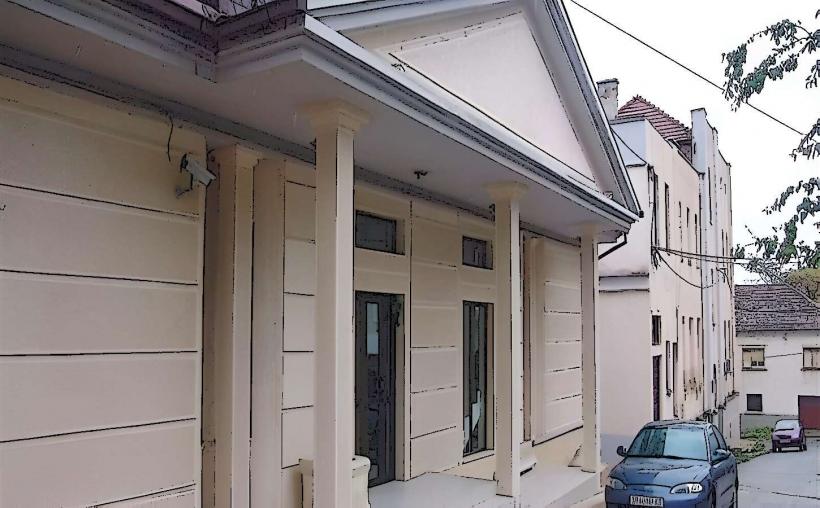Information
City: StrumicaCountry: North Macedonia
Continent: Europe
Strumica is a city located in the southeastern part of North Macedonia, near the border with Bulgaria and Greece. It is the administrative center of the Strumica Municipality and is known for its agricultural importance, vibrant local culture, and proximity to the scenic Belasica Mountain. Below is a detailed overview of Strumica, excluding its specific landmarks:
Geography and Climate
Strumica is located in a fertile valley between the Belasica and Pirin mountain ranges, which provide the city with a stunning natural backdrop. The Strumica River runs through the valley, contributing to the region’s agricultural productivity.
Climate: Strumica has a Mediterranean continental climate, characterized by hot summers and mild, wet winters. During the summer months, temperatures often exceed 30°C (86°F), with the climate being dry and sunny. In winter, temperatures can drop to below freezing, with occasional snowfall. Spring and autumn are mild and pleasant, making Strumica a desirable destination for agricultural activities.
Topography: The city is located at an elevation of approximately 200 meters (656 feet) above sea level, and the surrounding Belasica Mountains rise significantly higher, making it a region with diverse landscapes, from flat agricultural plains to rugged mountain terrains.
History
Strumica has a long and varied history, with evidence of human habitation dating back to ancient times. The city’s history is shaped by its strategic location on trade routes between the Balkans and the Mediterranean, and it has seen a blend of Roman, Byzantine, and Ottoman influences over the centuries.
Ancient and Medieval Periods: The area around Strumica was inhabited by ancient Illyrian and Thracian tribes. The city became part of the Roman Empire and later the Byzantine Empire, serving as an important settlement and administrative center. Strumica also has connections to early Christianity, as the region was influenced by both Eastern Orthodox and Catholic traditions.
Ottoman Era: Strumica was part of the Ottoman Empire for several centuries, during which it developed as a commercial and agricultural center. During this time, Strumica's population grew, and the city became a hub for trade, crafts, and agriculture, particularly tobacco cultivation.
Modern History: After the fall of the Ottoman Empire, Strumica became part of the Kingdom of Yugoslavia, and later, it was incorporated into the Socialist Republic of Macedonia. Following North Macedonia’s independence in 1991, Strumica experienced continued growth and development, becoming a center for both agriculture and commerce in the region.
Economy
Strumica is primarily an agricultural hub, but its economy is increasingly diverse, with growth in manufacturing, services, and tourism.
Agriculture: Strumica is one of the most important agricultural regions in North Macedonia, especially renowned for its fruit production. The fertile valley is ideal for growing a variety of fruits, including peaches, apples, cherries, and plums, as well as vegetables. The region is also a significant producer of tobacco, which has a long-standing tradition in the area.
Industry: In addition to agriculture, Strumica has a growing industrial base. Key industries include food processing, particularly of fruit and vegetables, textiles, and the production of construction materials. The city is home to several small and medium-sized factories that contribute to the local economy.
Trade and Services: Strumica has a developed trade sector, with numerous shops, markets, and commercial outlets. The city is also a regional center for services, including education, healthcare, and retail. The development of the Strumica Free Zone, an industrial and business park, is intended to boost the city’s economic profile and attract more investment.
Culture
Strumica is a cultural hub in southeastern North Macedonia, with a rich tradition of folklore, music, and arts. The city’s diverse population, including ethnic Macedonians, ethnic Bulgarians, and a small number of ethnic Albanians, contributes to a mix of cultural influences.
Folk Music and Dance: Strumica has a strong tradition of Macedonian folk music and dance. The region is known for its unique style of folk music, which is characterized by distinctive rhythms and melodies. Traditional music festivals are held regularly, and folk music remains a vital part of the local culture.
Art and Craftsmanship: Local artisans in Strumica produce traditional crafts, such as embroidery, ceramics, and woodworking. These crafts reflect the rich cultural history of the region and are often showcased in local markets and festivals.
Literature and Language: Strumica has a number of notable authors and poets, and literature plays an important role in the cultural life of the city. The city is a center for the promotion of Macedonian literature, and local writers often participate in national and international literary events.
Education
Strumica is home to several educational institutions, providing a wide range of learning opportunities from primary school to higher education.
Primary and Secondary Education: The city has a well-developed system of primary and secondary schools, offering general education as well as specialized programs in subjects such as agriculture, technology, and the arts.
Higher Education: Strumica has several vocational and technical schools that offer training in fields such as agriculture, engineering, and business. While the city does not have its own university, many students from Strumica attend universities in Skopje and other parts of North Macedonia.
Cultural and Educational Exchange: Strumica participates in various cultural and educational exchange programs with neighboring countries, particularly Bulgaria and Greece, which helps foster regional cooperation and understanding.
Religion
The population of Strumica is predominantly Eastern Orthodox Christian, with the city being part of the Macedonian Orthodox Church. Religion plays an important role in the cultural identity of the city, and there are several churches and monasteries in the area.
Orthodox Christianity: The religious life in Strumica is centered around the Orthodox Christian faith. Many of the city’s churches and religious sites have historical and architectural significance. Orthodox holidays such as Easter and Christmas are widely celebrated, and religious festivals are important events in the city's social life.
Religious Tolerance: Strumica is also home to a small Muslim community, primarily consisting of ethnic Albanians, and there is a spirit of religious tolerance and coexistence among the various communities in the region. This coexistence is reflected in the peaceful celebration of both Christian and Muslim holidays in the city.
Tourism and Recreation
Strumica has potential for growth in the tourism sector due to its natural beauty, rich cultural heritage, and proximity to other regional attractions.
Historical and Natural Attractions: The city is located near the Belasica Mountain, which offers opportunities for hiking, nature walks, and outdoor recreation. The surrounding landscapes are also ideal for eco-tourism, with visitors able to explore the natural beauty of the region.
Cultural Events and Festivals: Strumica hosts a variety of cultural festivals throughout the year, the most famous being the Strumica Carnival. The carnival, held annually in the period before Lent, is one of the largest and most colorful events in North Macedonia, attracting thousands of visitors with its parades, costumes, and celebrations.
Nearby Attractions: The city is also close to the Vardar River and has access to several nearby natural parks and reserves. Strumica's proximity to Bulgaria and Greece makes it an excellent base for exploring the cross-border region, with many historical sites and natural wonders located just a short drive away.
Challenges and Future Outlook
Strumica faces several challenges as it works to develop its economy and infrastructure while maintaining its cultural and agricultural traditions.
Economic Diversification: While Strumica has a strong agricultural sector, there is a need for further diversification of the economy. Efforts are being made to attract investment in the manufacturing and services sectors, which will help reduce the city’s dependence on agriculture and provide more job opportunities for local residents.
Urbanization: As the city grows, urbanization presents challenges related to infrastructure, housing, and public services. Investments in transportation, utilities, and public facilities will be necessary to accommodate the expanding population.
Environmental Sustainability: Strumica's agricultural success comes with the challenge of sustainable land use and environmental protection. Efforts are being made to promote eco-friendly farming practices and conserve the region’s natural resources.
Conclusion
Strumica is a city rich in culture, history, and natural beauty. Its role as an agricultural center, combined with a growing industrial sector, positions it as a significant regional hub. The city’s potential for growth in tourism, trade, and services, along with its rich cultural heritage, makes Strumica a city to watch in the coming years. With careful management of its resources and development, Strumica could become an even more important city within North Macedonia and the broader Balkan region.

